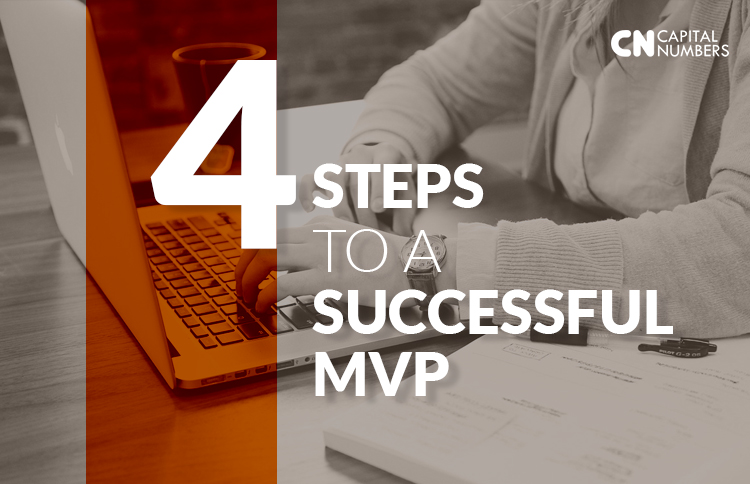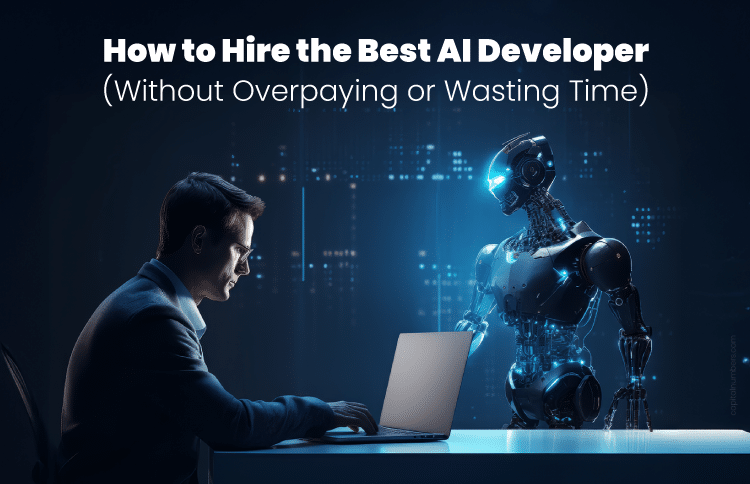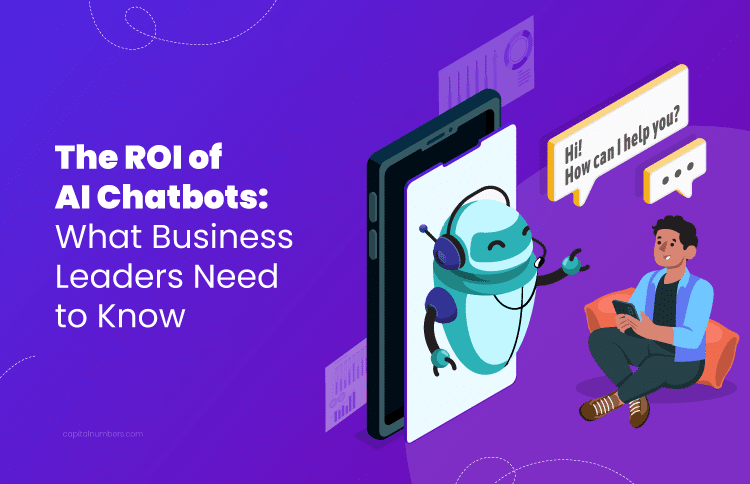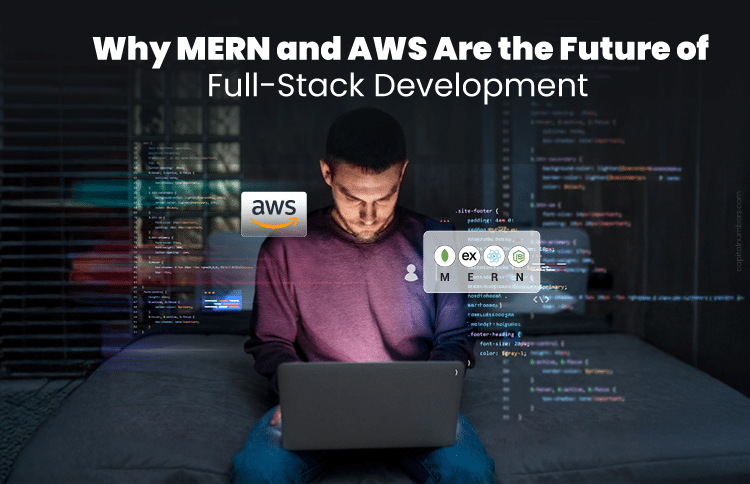4 Steps to a Successful MVP
Table of Contents
So you’ve got an idea for an app that could be on the same level as Uber, Airbnb, or DoorDash. You’re convinced it can actually solve a major problem…and maybe even form the foundation of a billion-dollar business.
But not so fast.
You still need proof of concept, and you need feedback from your market, and you need to get these things as fast as possible before your competitors beat you.
There’s a fine line to walk between building out as many features as the app needs to be viable… and getting it done quickly, with as little cost as possible. So what most developers will do at this point is to build an MVP ASAP, keeping it trim while also robust enough to fulfill core functions. The only problem is that lots of MVPs fail. They get bogged down in development…crammed full of “bloat” and unneeded features… and rack up sky-high development costs… and at the end, nobody wants to use them.
So, how do we build something people actually want to use?
Why an MVP?
We’ll cover this really quickly so we can get to the meat of this post, which will allow you to build out an MVP quickly and easily. So, the point of an MVP is to build an app that has the minimum core features to put to market, while remaining in budget.
Before building, nail down these 3 things:
- WHO is it for?
- WHY do customers need it?
- WHAT value does it provide over our competitors?
- HOW will they use it?
Unfortunately, you can’t assume the answers to any of these. Assumptions can provide for interesting hypotheses, but without testing, we have no real answer. So to figure out the who, why, what, and how, we need to put it to market.
The process of building an MVP is simply the process of designing, developing, testing, and delivering a lean product that can answer these questions before it becomes a full-featured, robust app or program.
Most startups fail because they make products that nobody buys. The best way to avoid this is to ONLY include the bare minimum features needed to put an MVP to market. And, practice speed above almost everything else. If nobody wants your MVP, nobody will want your more advanced product, after all.
Step 1: Who is it for?
This is the “idea evaluation” stage of the product. It’s also a highly customer-centric process. As in, thinking shouldn’t be about “what can we build?” It should be about “who can we help?” In other words, once you start thinking through the audience and real-world applications of your app idea, you might find that it suddenly changes… or becomes unviable. If nobody will buy the app– because they don’t understand how it can help them, perhaps — then the whole project will have been a waste.
Further, don’t be afraid to go out and actually talk to your target market. A lot of times people will describe what sort of problems they’re having related to a particular topic, and you can just adapt your product to meet their needs.
Step 2: Competitor Analysis
So you’ve gone through an evaluation and you figured out who it’s for. Now is time for the next step… competitor analysis.
This is how you’ll figure out what, if any, similar products already exist in the market. There’s a fine balance to be struck here. First, there needs to be some products similar to yours in the market. This will prove there’s an actual need for it. But, not so many that the market is crowded. Tools like SimilarWeb, SEMrush, and Ahrefs will help in this.
You might also consider visiting competitor websites to determine what kind of feedback and testimonials they’re getting and think about how to build a better product based on what the market wants.
Step 3: Defining User Goals and Necessary Features
What do you want your app users to do? What core function does the app serve? Getting your users to sue the core function should be your primary goal. So to help users reach this goal, you need to have several steps that they will take to get there. Simplify, simplify, simplify. The more thought you put into keeping the app simple, the better your MVP has the potential to do.
After that, it’s time to design the app, while including the features your users need to help them reach that goal. Just create a list of features you might need and ruthlessly reduce it until you have the absolute bare minimum needed to deliver the final result. You might consider segmenting your list into two parts: “Must-have”, and “Nice-to-have if within budget/time constraints.”
Step 4: Development and Buildout
Now it’s time for the final phase: building and development. Define a budget and a timeline and make sure to stay within these constraints. Remember, your MVP is not your final product. It’s okay if some features aren’t present yet.
After development, test and analyze for quality before you launch alpha testing. After identifying bugs and flaws during alpha testing, you’ll move on to beta testing, releasing the product to a small group with the sole intention of getting their feedback. This is the final stage before you launch, so be sure to listen and be open to user suggestions.
Finally, take beta suggestions, improve functionality, add features, and repeat this process until you’ve got a product you’re happy with and that your customers love.
Conclusion
Building an MVP is not a complicated process, but it can easily go wrong if you try to over-complicate it. First, identify who your product is for, and why. Second, identify the goals and features you want. Third, develop the product and release it for testing. Avoid adding additional features until you have a solid core product that you have already validated in the market. This way, your MVP will be built on a solid foundation and potentially scale to millions of users.















